As we make our final preparations to leave the Ice, our underwater robot, SCINI, continues on. Bob along with Paul, David, and Dustin, are taking her on another underwater mission.
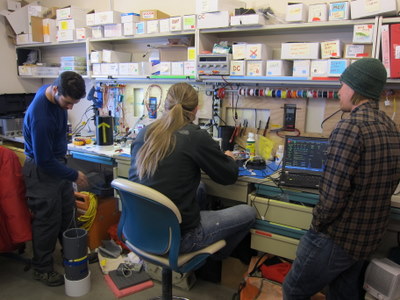
After four years of first developing SCINI and then enhancing her cameras, thrusters, control, and navigation, she’s ready for a new challenge. After four seasons of helping Stacy and her teams see and understand what happens to communities as they recover from icebergs scouring the bottom communities, of doing qualitative depth transects in historical places as well as deep places of the Antarctic seafloor never before seen, and of relocating and re-sampling Paul’s old experiments, SCINI is about to head in another direction. This time it won’t be under the sea ice. Instead of diving through a mere 20 feet of ice, she’ll be diving through 800 feet of ice! SCINI is headed to the water under the Ross Ice Shelf.
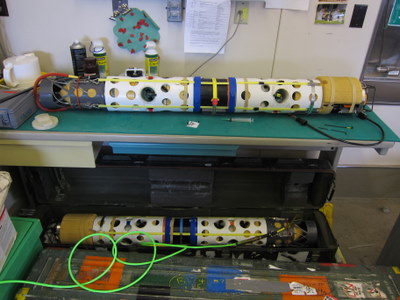
SCINI will go down a long, long hole – encountering air, fresh water, and lastly salt water. Once through, she’ll fly under the ice, assess the conditions under it, and determine SCINI’s performance under such a thick barrier. She’ll be doing this to help another research group named ANDRILL, the international Antarctic Geological Drilling Program.(http://www.andrill.org/)
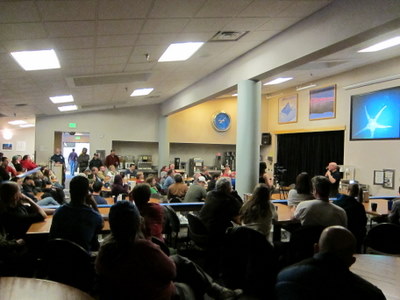
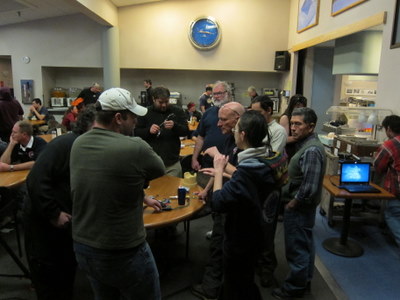
ANDRILL is an international team of researchers from Germany, Italy, the UK, New Zealand, and the United States that has been working on a grand scale for the past four years. Not only are they drilling through 800 feet of ice, but they are drilling rock cores on the seafloor under that. Just like Julie, Kevin, Kamille, and Jen, who have been drilling in the mud floor for Stacy, this team is taking cylinders of material from the seafloor back to the lab to analyze. The big difference is that our team had 6 inch long cores and this team has cores more than 3000 feet long! Furthermore, while we were looking at changes of the seafloor communities in response to human pollution in the recent past, ANDRILL is drilling rock cores to see how conditions have changed on our planet over millions of years. Sediments and fossils they are recovering will reveal the past glacial and geologic history of Antarctica. Furthermore, they will reveal the history of the ice sheet in response to past periods of global warming and cooling. Bob and his team are now integrating a different navigation system on SCINI and making sure she is ready.
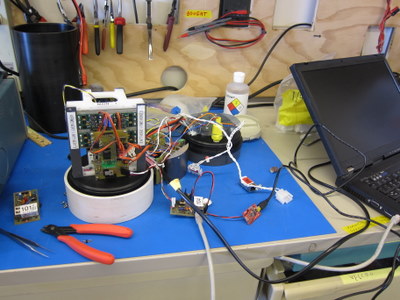
Then, in just over a week, they will join the ANDRILL team at their site, Coulman High, an area 20 miles south-west of McMurdo. We wish only the best for Bob, SCINI, David, Dustin, Paul, and the entire ANDRILL group.
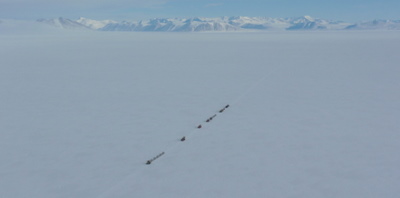


Comments